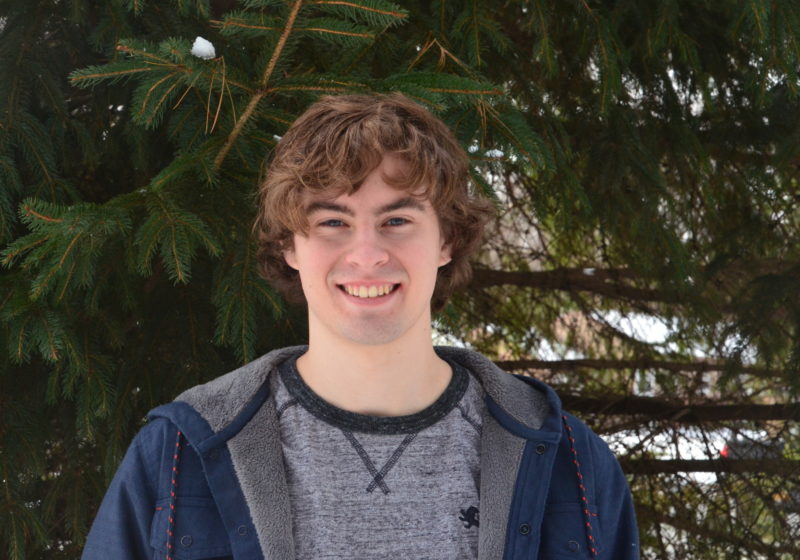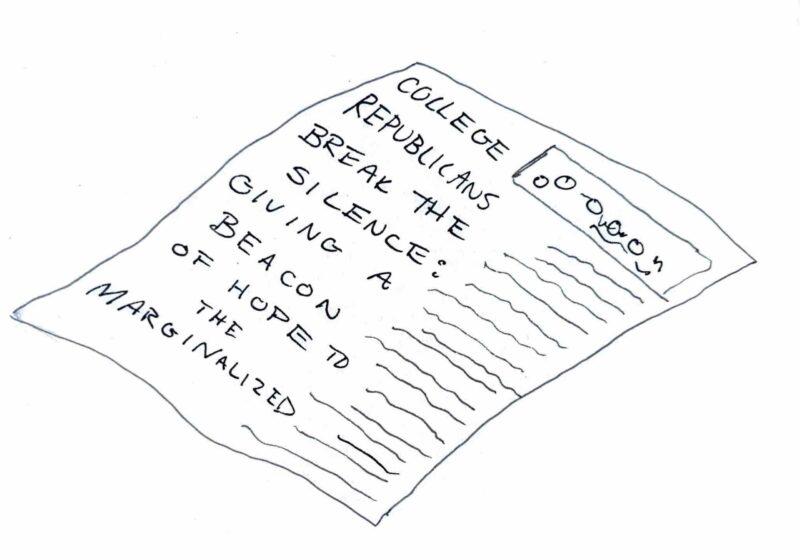Chemical engineering pioneers like senior Paul Irving are continuing to test the limits of modern engineering and chemical capability. When asked why he majored in Chemical Engineering, his answer was swift. “My favorite things were chemistry, physics, [and] math, and ChemE was a great combination of them,” Irving said. “Initially, I was actually deciding between Chemistry and Chemical Engineering, but I’m glad I stuck with ChemE.”
Outside of academics, Irving is an Ultimate Frisbee player and a member of the Tau Beta Pi Engineering Society. Notably, Irving participates in TAP, a toy adaptation program where undergraduates rewire battery operated toys in order to make it easier for children with disabilities to operate and play with them.
Last summer, Irving interned for Mosaic Microsystems, a microelectronics and photonics packaging company with a primary focus on enabling the use of thin glass substrates. There, he was able to work in a cleanroom on processing really thin glass bonded to silicon wafers. Irving focused on understanding the physics of the etching process which, if improved, can have valuable implications for simulating computerized experiments in a way that doesn’t require any physical materials.
As a result, he developed a computational algorithm to predict how the shape of glass would change over time when etched with hydrofluoric acid. “For instance, if the process needed to be scaled to different parameters like glass thickness, the model could help narrow down what temperature to run a certain reaction at.”
With hands-on experiences under his belt, Irving wanted to design a low cost, open-source potentiostat/galvanostat instrument that provides the ability to take accurate measurements over a specified electrical current voltage range. A potentiostat is an electronic device required to control a three-electrode cell and run electroanalytical experiments.
During his sophomore year, Irving joined the Yates Lab, where he worked on improving the design of an already existing potentiostat (which was an open-source device, meaning there is no hidden information about how the design works) to produce higher voltage and current measurements, as well as generate a faster and more efficient sampling time.
Recently, Irving published a paper with Professor Yates on this potentiostat design, which has higher current and voltage limits in comparison to previous designs. Here, he was able to implement an ADC (Analog to Digital Data Converter), which allows digital circuits to interface with the real world by encoding an analog signal into a binary code.
Implementation of the ADC was one important component among dozens of other essential factors. “In an attempt to increase voltage, current, and scan rate, many changes were made to the original design to achieve these specifications. However, while testing the instrument, it was found that measurements were very noisy. The source of this noise was unknown but it appeared to be at a relatively low frequency. The problem was determining the cause of the noise so that its source could be eliminated.”
Irving realized that the solution was more straightforward. “Ultimately, we were able to attribute the noise to the fact that the ADC lacked a 60 Hz notch filter. The 60 Hz notch filter helps eliminate the frequency of alternating current from the power outlet. This explanation was counterintuitive because the noise that appeared in the measurements was at a frequency much lower than 60 Hz.”
The reason for this occurrence is a phenomenon known as aliasing. This is an effect that causes different signals to become indistinguishable or distorted when they are sampled. “[In our case], since the 60 Hz frequency is much faster than the sampling rate, it is impossible for the instrument to be able to measure the very fast frequencies,” Irving added. “As a result, the measured noise is at a decreased frequency due to hitting a different part of the sine-wave every time a measurement is made. Once the source of the noise was identified, the ADC was replaced with one capable of filtering out the 60 Hz oscillations. This successfully eliminated the noise.”
Currently, Irving works in the Foster Lab modeling fuel cells using a program called ANSYS Fluent. This is a computational fluid dynamics (CFD) program that uses finite element analysis to solve differential equations. Continuing his work, Irving aims to make further contributions to the field of Chemical Engineering.
Currently in his senior year, he encourages undergraduates to pursue their own research and to “not be scared of talking to professors.” He added, “They’re people, and they can seem kind of scary but a lot of them are happy to work with you. Don’t be afraid to get involved early on.” After graduating, Irving plans on attending graduate school and pursuing a Ph.D. in Chemical Engineering. “I’m really interested in going into polymers and soft materials and am planning on pursuing that.”




